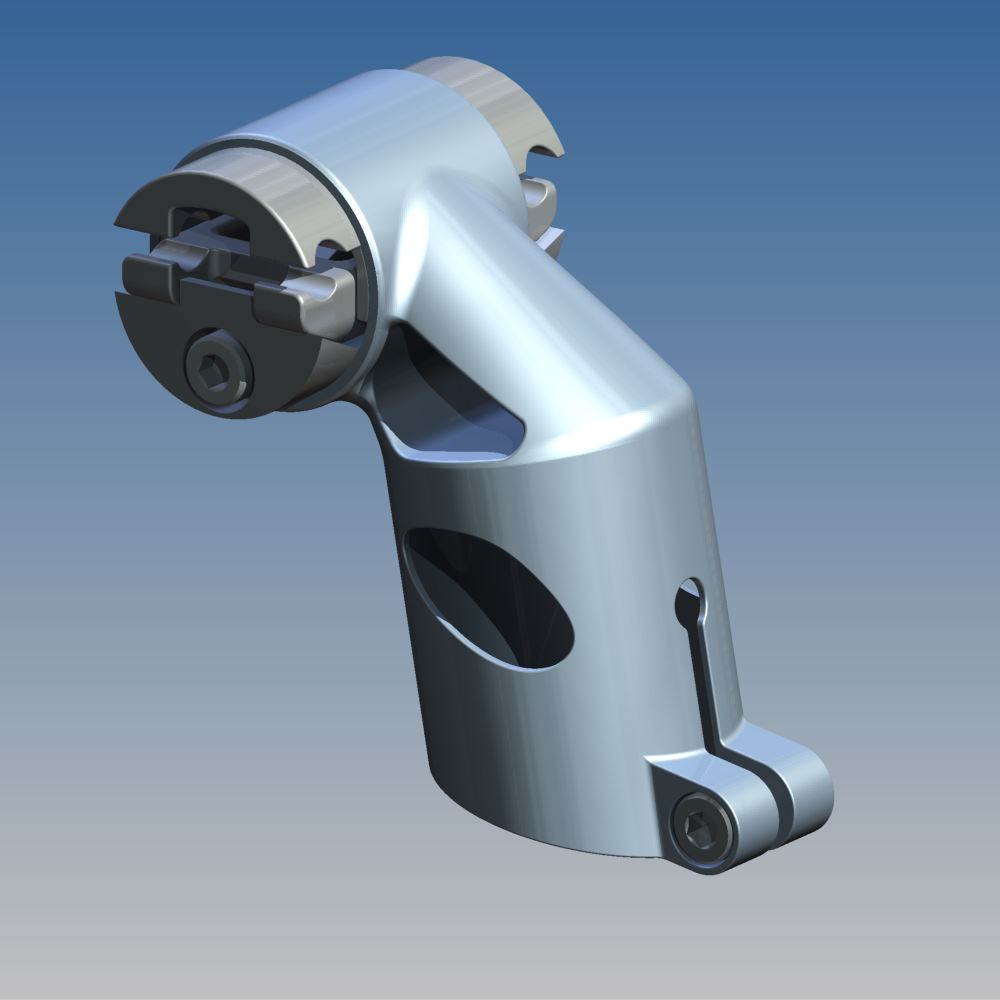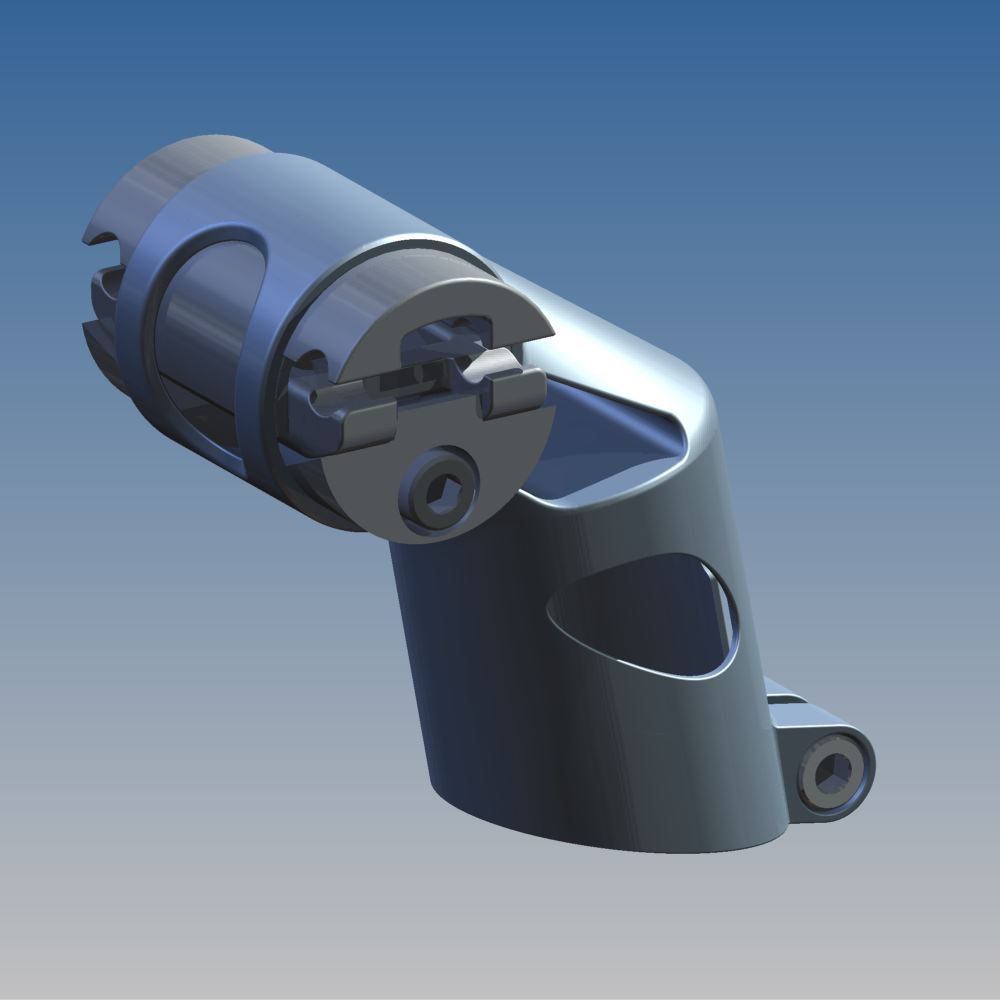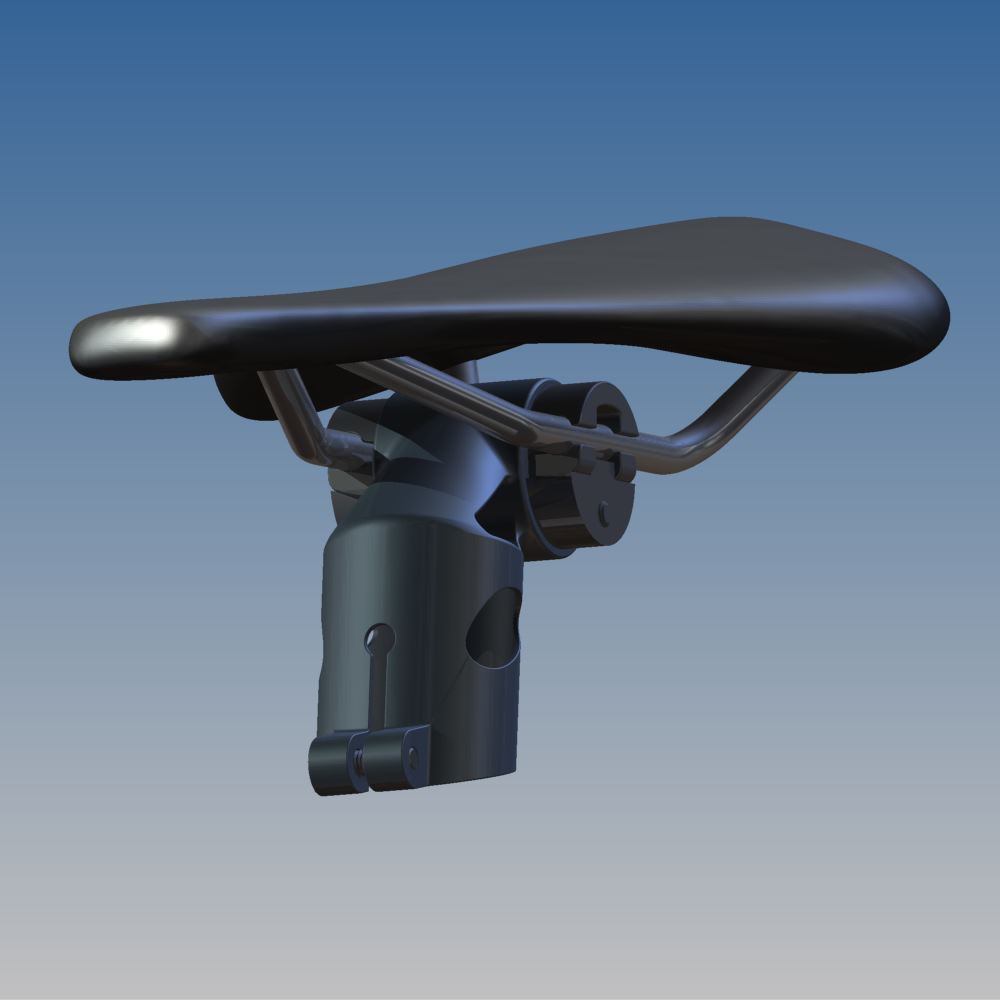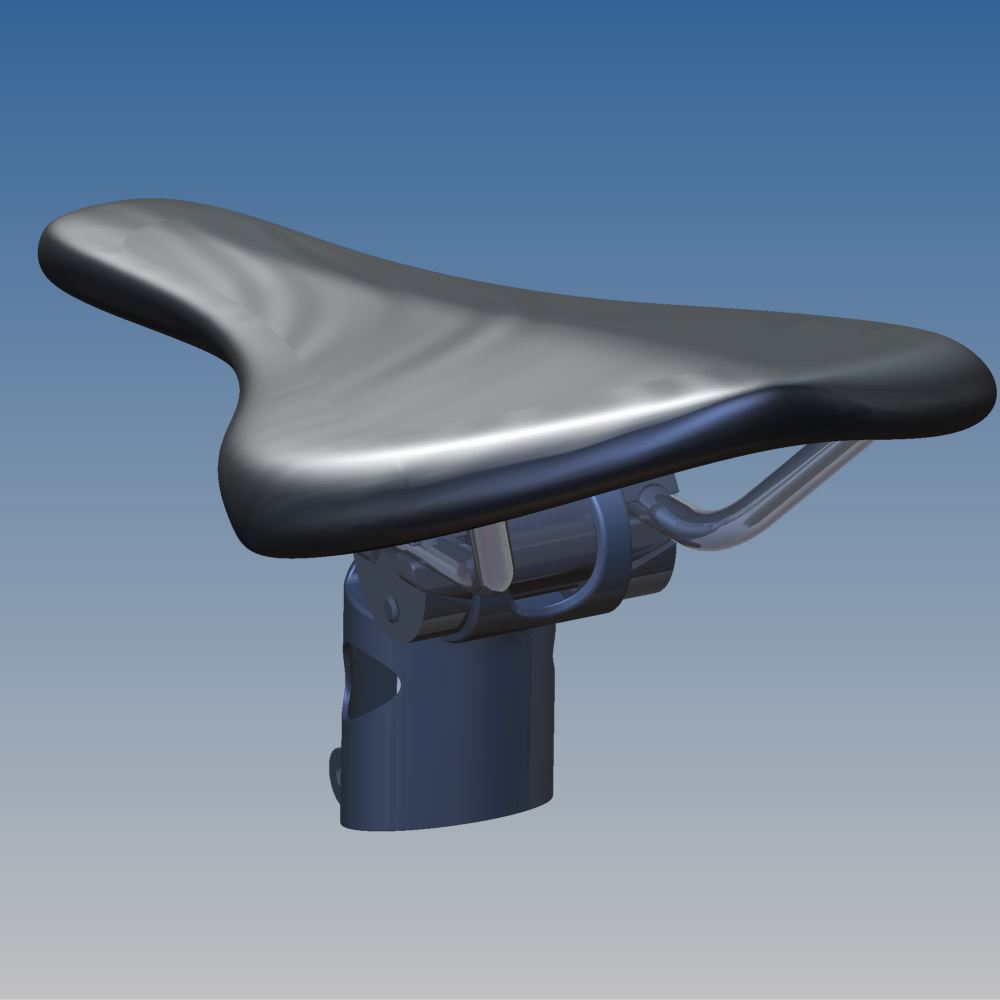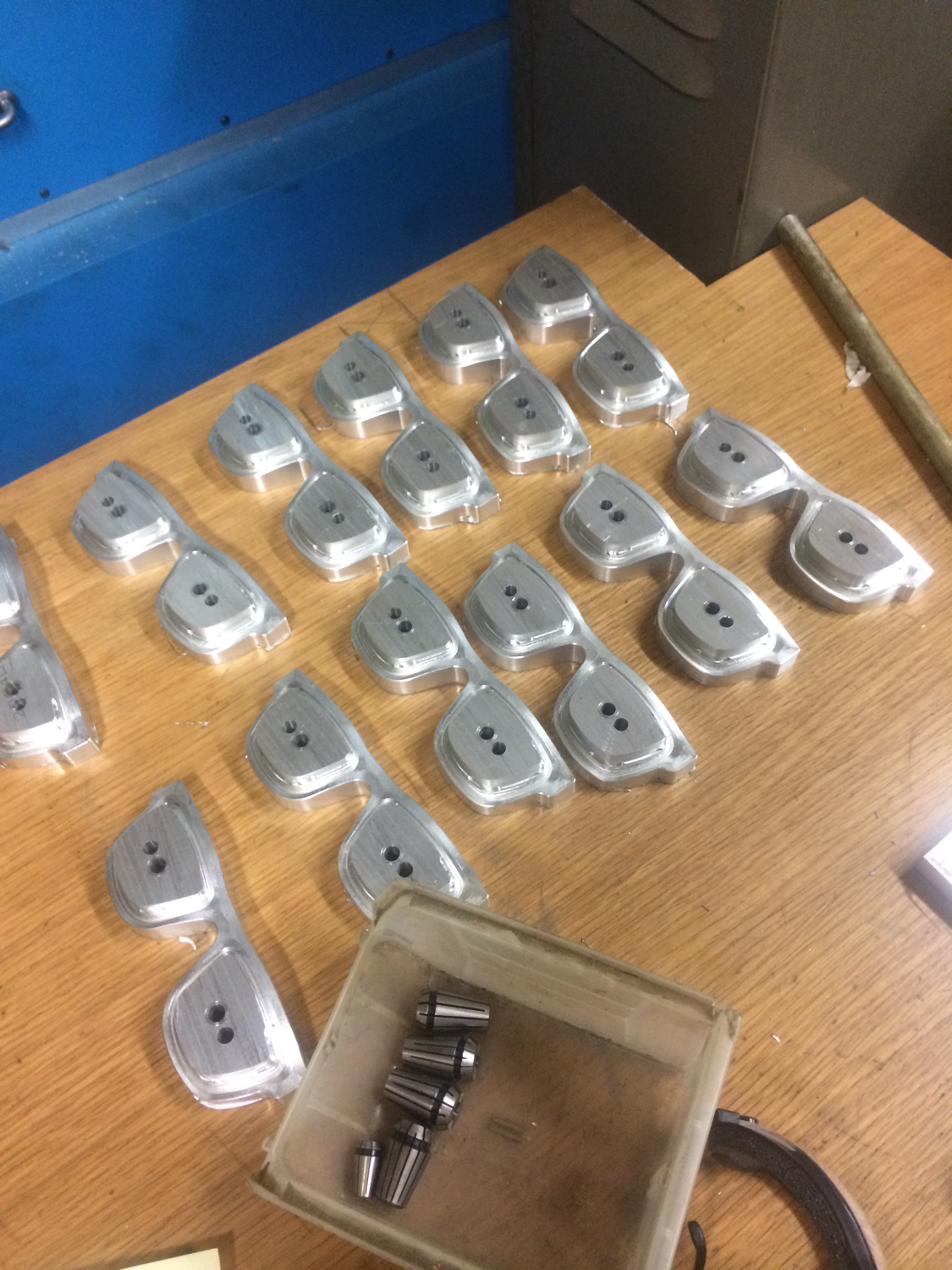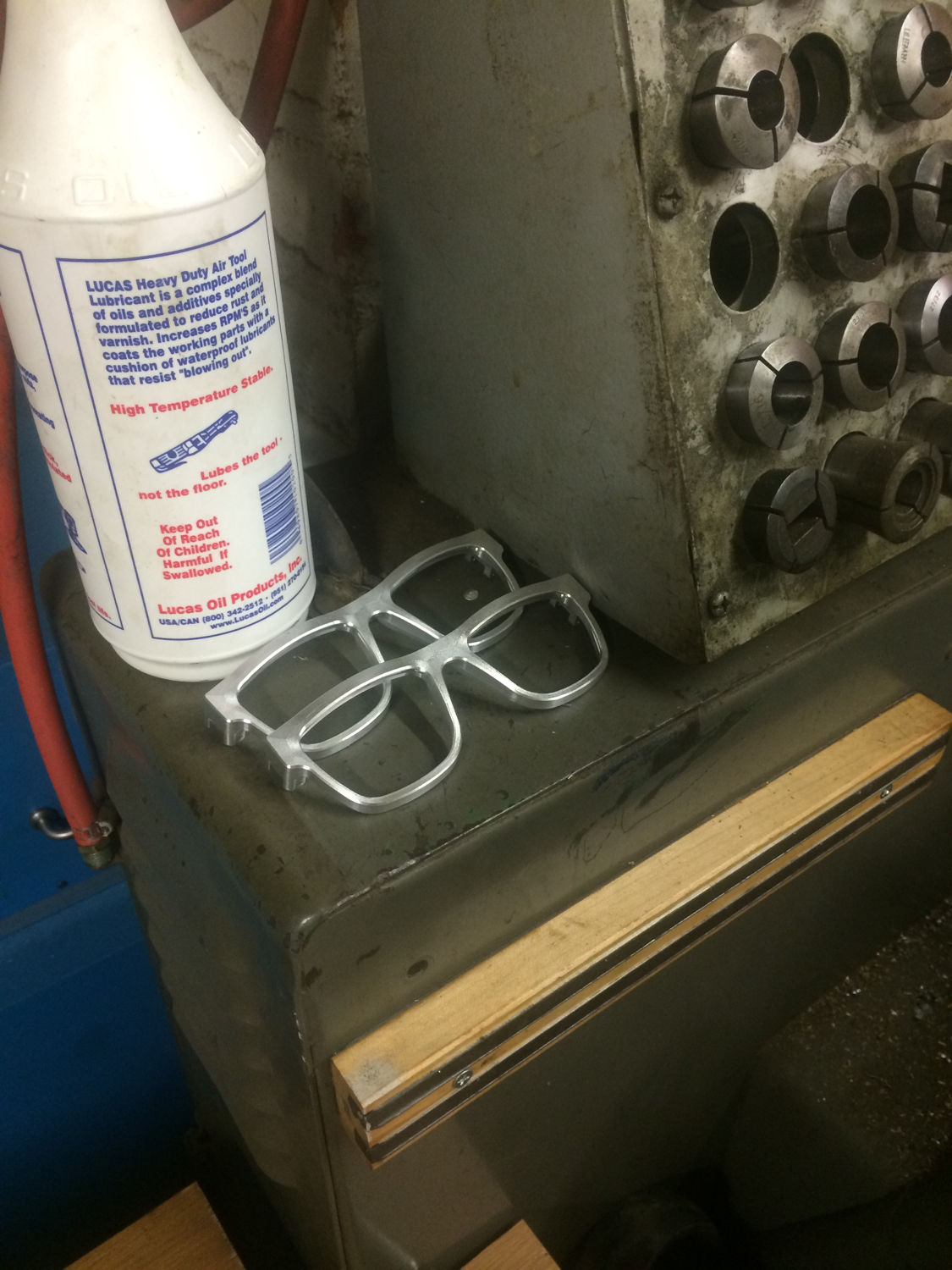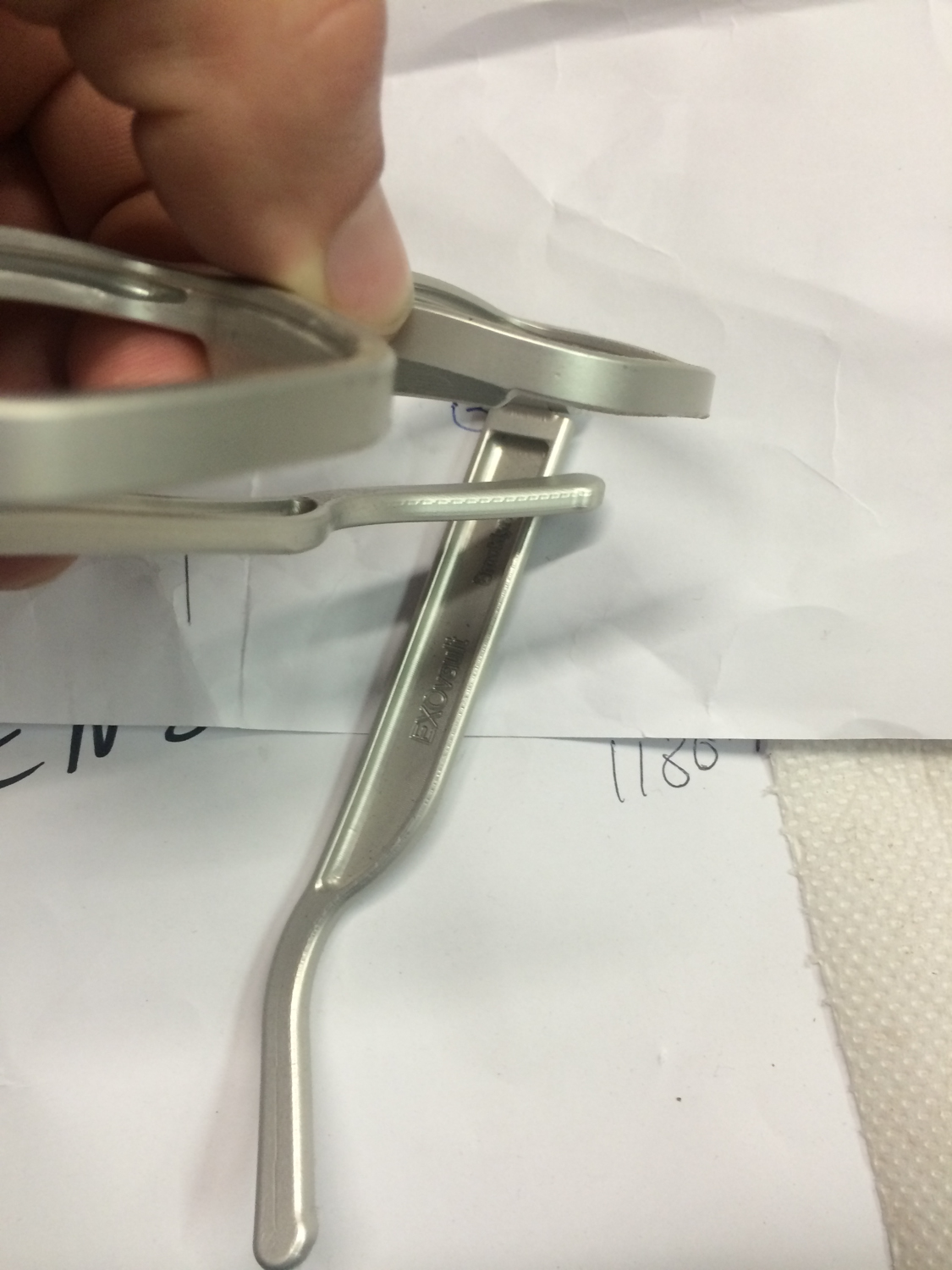Jonathan Sterne, in a piece about the meaning of analog and digital. Emphasis mine.
In both Kittler and Massumi we find an odd historical proposition-that analog machines are somehow both closer to the way the human senses work, and to the operations of reality itself, than the technologies that preceded or succeeded them. Viewed with a bit of historiographic distance, this is at once an unsurprising and fascinating claim...The claim is fascinating because it proposes a truly radical periodization, where there is an approximately 100-year period in human history-roughly from the last quarter of the 19th century to the last quarter of the 20th-where the senses and the world were somehow in harmonious alignment with media...When critics use some permutation of analog to apply a hermeneutic of suspicion to the digital, they are making an argument about 100 golden years in human history.
This reading of the analog is, of course, retrospective. In [their] time, technologies that we now describe as analog (usually after the fact) were more likely to be understood as jarring or artificial: think of Bergson on film, Freud on the phonograph, or Gunther Anders on television. Sonic or visual characteristics now affectionately described as warm and organic were described as cold and mechanical...In other words, the idea that analog media are more like the senses or more accurately limn the world’s workings are themselves a kind of retrospective imagination...
We should return some specificity to the analog as a particular technocultural sphere. That is to say that reality is just as analog as it is digital; and conversely, that it is just as not-digital as it is not-analog. Ultimately this goes back to an old argument, one made well by the last generation of technology scholars, ranging across methodological and political orientations, including Kittler and Massumi at other points in their writings: technology is part of the domain of human existence, not something outside it. The meanings we commonly attribute to the word analog did not even fully exist in the so-called analog era. Restoring some specificity to the term will help stimulate our technological imaginations (Balsamo 2011), and free us from the burden of a history that was only recently invented.

